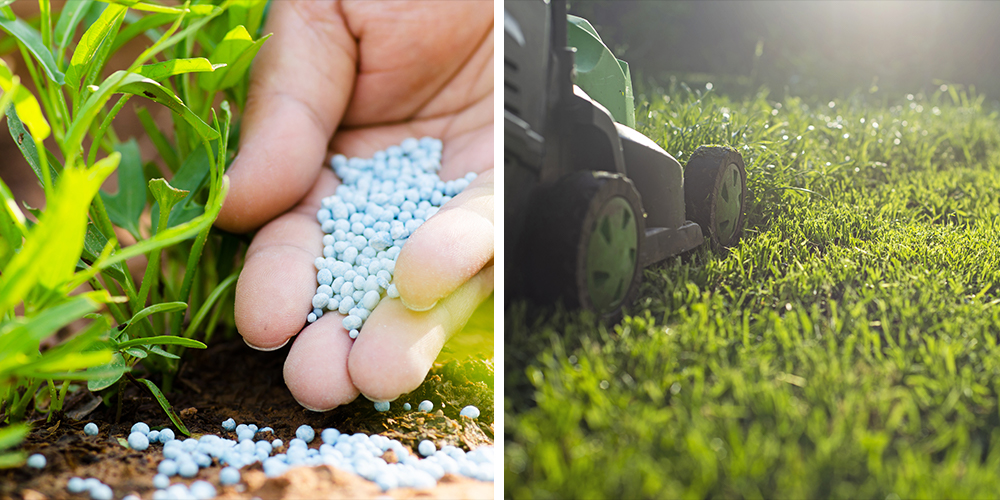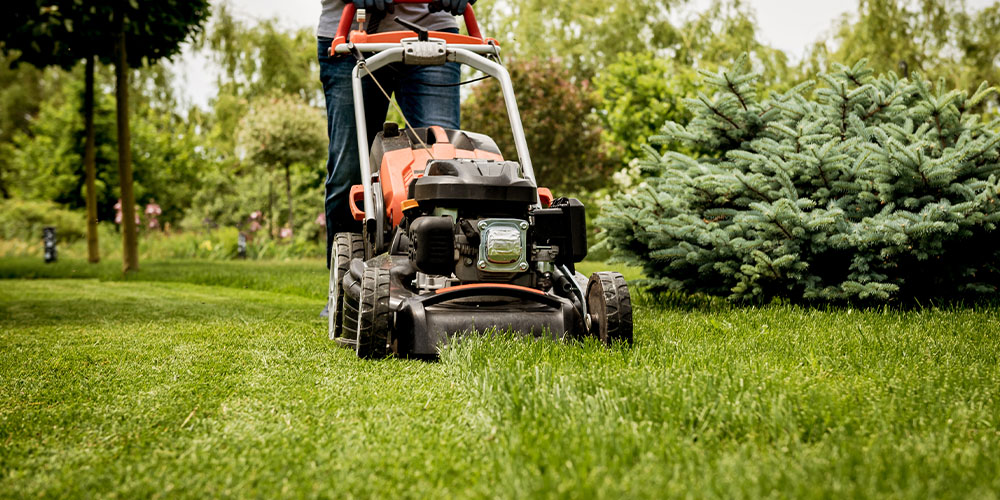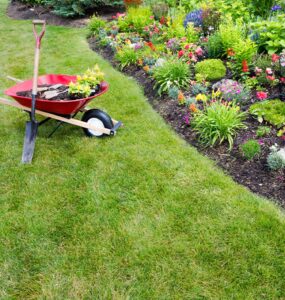
Despite the growing popularity of perennial beds and edible gardens, turf remains a staple in our landscapes. As we bid farewell to winter and welcome the brief beauty of summer, these spring lawn care strategies will ensure your grass is greener on your side of the fence.
Resist the Urge to Rake Early
As tempting as it may be to start raking as soon as the snow melts, patience pays off. Premature raking can damage wet, fragile turf, leading to compacted soil and broken new shoots. This not only results in thinner grass but also gives weeds an advantage to thrive.
Snow mold, or Typhula blight, often appears as unsightly silver-grey patches after the snow. While it’s a common post-winter nuisance, it typically resolves as the turf dries. Avoid raking unless the mold is severe enough to smother the grass.
Prepare Your Tools
In the interim, it’s the perfect time to sharpen your mower blades. Annual sharpening ensures clean cuts, promoting healthier growth. Don’t forget to perform routine maintenance like changing the oil, spark plug, and filters on your mower.
For quicker drying, redistribute any remaining snow piles into sunny areas. This not only accelerates the drying process but also minimizes conditions favorable for snow mold, especially in shaded parts of your lawn.

Rake and Top-Dress Once Dry
Once your lawn is dry, it’s safe to start raking. This is particularly crucial for older lawns or those with a significant buildup of thatch. Removing excess thatch (keep it to about a quarter inch) helps prevent pests and diseases like sod-webworm and powdery mildew.
Follow up raking by top-dressing thin areas with a mix of potting soil, peat moss, and sand. This introduces vital organic nutrients back into the soil, priming your lawn for vigorous growth. Over this, apply a thin layer of grass seed, and if birds pose a problem, lightly cover the seeds with more soil to protect them.
Aerating for Better Health
Aerating your lawn can greatly improve its health, especially for older or high-traffic areas. By removing small plugs of soil, aeration helps relieve compaction, allowing oxygen, water, and nutrients to penetrate deeper into the soil.

Timing Your Fertilization
Wait to fertilize until your grass shows signs of active growth. Applying fertilizer too early can waste resources and encourage weed growth. Opt for slow-release fertilizers that provide nutrients over time without the risk of burning your grass.
Implementing these early spring lawn care tips will ensure your lawn is set up for success throughout the growing season. With a little patience and the right techniques, your turf will be lush, healthy, and vibrant.
For more gardening insights and to explore our full range of lawn care products, visit Salisbury Greenhouse today!”















